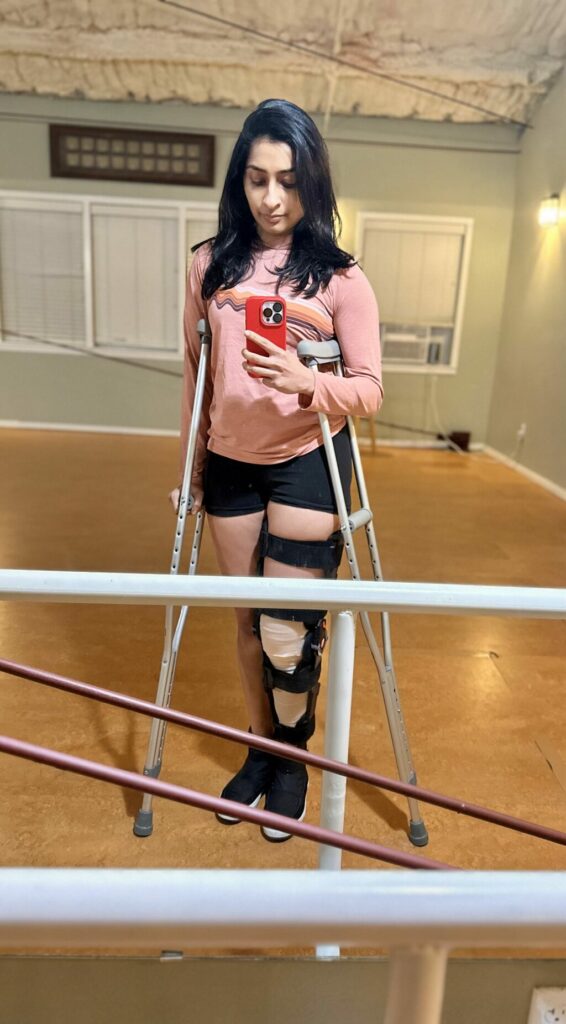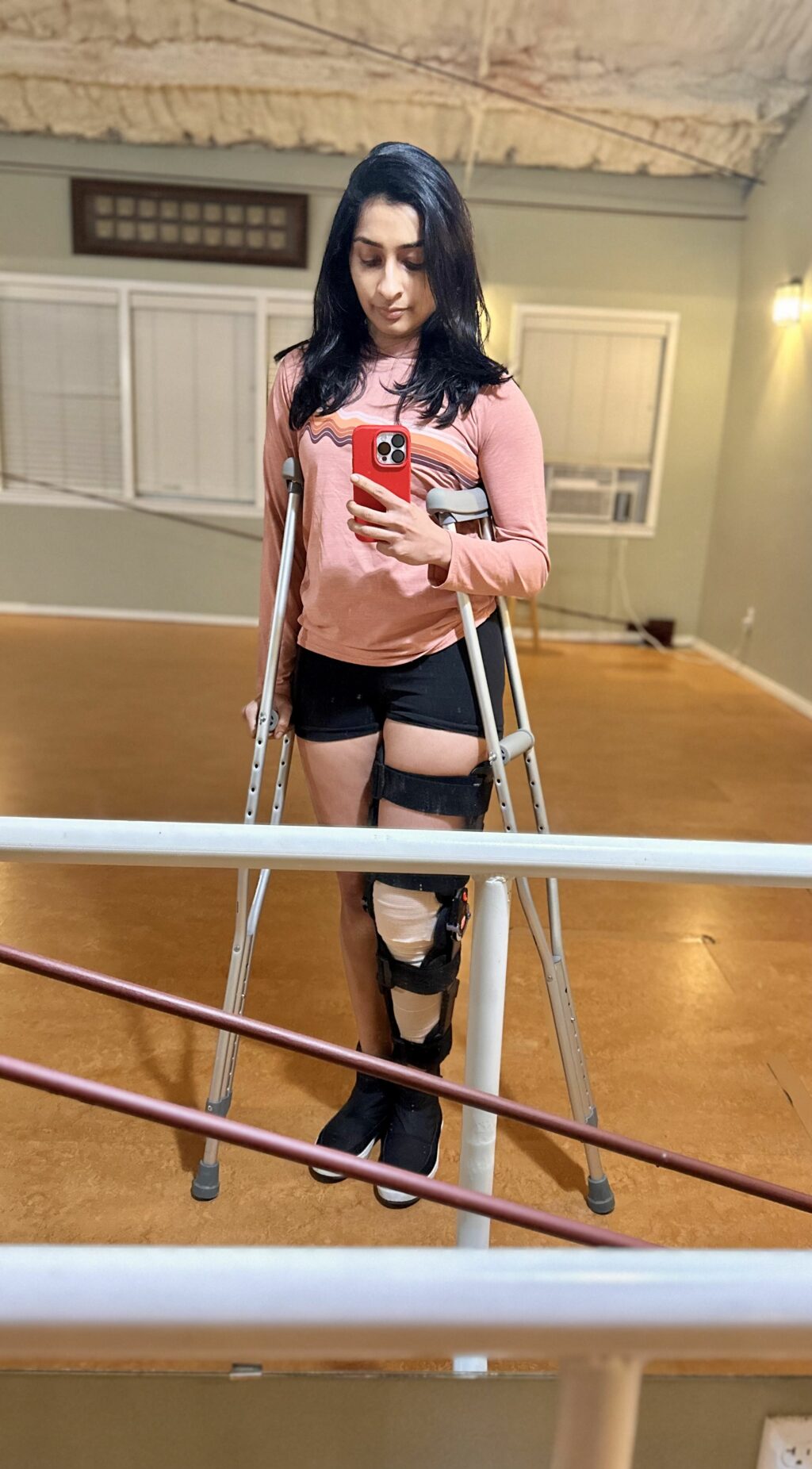48
This is a common question that comes up in yoga teacher trainings as well as in conversations with yoga teachers. Should you only teach yoga poses that you can do? It’s a wonderful question and that comes up time and time again. In this blog, I will share 5 factors to consider as you build your understanding of this question. As a simple yes or no isn’t going to be sufficient for this one.
Table of Contents
- Why Direct Experience Matters
- Living Your Yoga in Teaching Ethics
- When Life (and Injuries) Happen
- Staying Just One Step Ahead of Your Students
- Creating Engaging Sequences and Using Props
- Key Takeaways
1. Why Direct Yoga Pose Experience Matters
One of the best ways to teach yoga confidently and effectively is to have a solid personal practice of the asanas you’re instructing. When you’ve already navigated the nuances of a pose—alignment, breath integration, transitions—you can:
- Offer real-life tips: Share personal adaptations of yoga poses that you know have worked for you and for other students.
- Preempt potential struggles: You’ll know common pitfalls because you’ve experienced them firsthand. This will help build trust between teacher and student quickly.
- Cultivate authenticity: Students often appreciate teachers who walk the walk. And can keep it real in classes professionally.
However, being able to do a pose once or twice isn’t quite enough. Ideally, you’ve practiced consistently under a variety of conditions, gaining both physical and mental insight. This aligns with yogic principles like Satya (truthfulness)—teaching only from a place of honest experience.
2. Living Your Yoga in Teaching Ethics
Teaching from your own practice isn’t just about physical mastery; it’s about aligning with the yamas & niyamas like:
- Satya (Truthfulness): Be transparent about what you’ve actually learnt & gained proficiency with.
- Ahimsa (Non-harming): Don’t push yourself—or your students—beyond safe limits. The journey is important.
- Asteya (Non-stealing): Avoid “stealing” progress by rushing into advanced poses you haven’t fully explored.
- Santosha (Contentment): Embrace where you are in your own learning journey without judgement.
- Aparigraha (Non-hoarding): Let go of the idea that you must be the “perfect” yoga teacher.
By grounding your teaching in these principles, you ensure a safe, genuine, and respectful environment for both yourself and your students.
3. When Life (and Injuries) Happen
Sometimes, you might find yourself temporarily unable to do a pose you’ve mastered. Injuries, surgeries, or other life events can limit your practice. Does that mean you must remove these poses from your teaching? Not necessarily.
- Leverage past experience: If you’ve done a pose many times before and genuinely understand its mechanics, you can guide students verbally or use a demo assistant.
- Know when to take a break: If you’re significantly compromised, it’s often better to rest and recover rather than teach while injured.
- Inspire resilience: Showing up authentically, even when you’re not at 100%, can be a powerful lesson for your community. It demonstrates that yoga can adapt to every phase of life.
Personally, I went through this when I tore my ACL in January 2023. I relied heavily on verbal cues and demo students, plus I took substantial downtime to heal. It’s all about striking a balance between serving your students and honoring your own body’s needs. Similarly, when my mom passed, I had diminished capacity to teach and asked for help.

4. Staying Just One Step Ahead of Your Students
This is important, all you ever need to do as a yoga teacher is to be just a step ahead of your students. This will be such a game changer for us.
- Gauge where they are: If your class struggles with simple poses like Supta Padangusthasana or building a strong Chaturanga, jumping straight into advanced inversions like Handstands can be counterproductive.
- Meet them where they’re at: Tailor your curriculum to the specific skill levels present in class.
- Gradual progression: Introduce new challenges incrementally, ensuring students have a stable foundation.
This approach not only benefits students but also saves you from burnout and unnecessary pressure to perfect complex poses prematurely.
5. Creating Engaging Sequences and Using Props
Sometimes, the question of “Can I teach this pose?” has less to do with your ability to do it and more to do with how you structure your classes. Even basic poses can become refreshing and challenging if you:
- Incorporate props creatively: Blocks, straps, blankets, and chairs can help deepen or lighten a pose.
- Develop progressive sequencing: Step students through a logical journey of warm-ups, peak poses, and cooldowns.
- Keep learning: If you missed my free sequencing masterclass, stay tuned for my upcoming in-depth sequencing course in October. It’s designed to help yoga teachers create vibrant, safe, and effective class plans.
Props and thoughtful sequencing allow you to innovate within your comfort zone, making each class dynamic and inclusive. Make sure you are on my monthly email list to get updated when new trainings or podcasts drop.
6. Key Takeaway
- Teach From Personal Experience: You’ll offer better insights and safer guidance.
- Honor Yogic Ethics: Align your teaching with principles like Satya, Ahimsa, Asteya, Santosha, and Aparigraha.
- Respect Your Body’s Limitations: Injuries or life events may sideline your practice; rely on past experience or take a break to recover.
- Stay One Step Ahead: Focus on where your students are rather than forcing advanced poses.
- Learn Sequencing & Prop Use: These tools can transform any class into a meaningful journey for students.
Join Our Community
If you found this post valuable, don’t forget to subscribe to my monthly newsletter—I have some exciting things in the pipeline starting this May, including workshops, training updates, and more insights into creating successful yoga classes.
Final Thoughts
Thank you for reading, and I look forward to connecting with you soon! If you have any questions or personal experiences to share, feel free to drop a comment below. Until next time—stay true to your practice, and may your yoga journey continue to bloom this spring and beyond.


